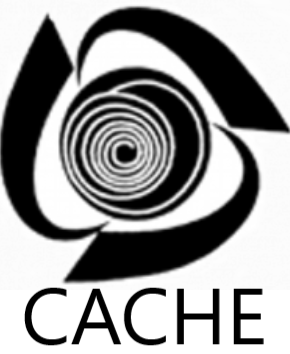Transient Conduction in a Sphere with Spatial Effects: Summary
The answers to the ConcepTests are given below and will open in a separate window.
Key points from this module:
- When dealing with a transient conduction problem involving a sphere, first calculate the Biot number. If Bi < 0.1 the temperature of the sphere will be essentially uniform, and you can use lumped capacitance, which is much easier.
- If the Biot number is larger than about 0.1 the temperature is non-uniform. The sphere’s exterior temperature will change more rapidly than its interior temperature. In this case, you cannot use lumped capacitance.
- If the Biot number is larger than about 0.1, the temperature is a function of both \(r\) and \(t\). You must use the procedures in this module to calculate the temperature at a particular location in the sphere at a particular time.
From studying this module, you should now be able to:
- Discuss how spheres heat up or cool down over time.
- Calculate the temperature of a sphere as a function of position and time.
- Sketch qualitatively-accurate graphs of the temperature throughout the sphere at a particular time.
- Predict when a point in a sphere will reach a specified temperature.
Prepared by Jeffrey Knutsen, Department of Mechanical Engineering, University of Colorado Boulder



